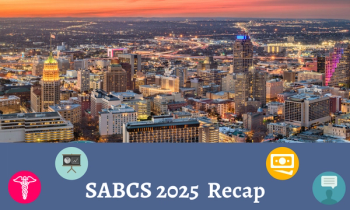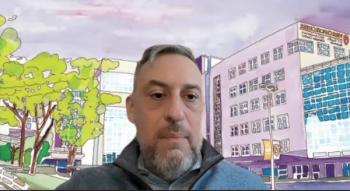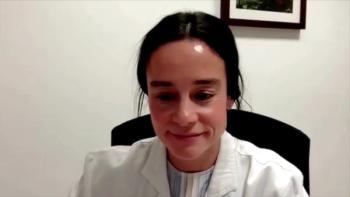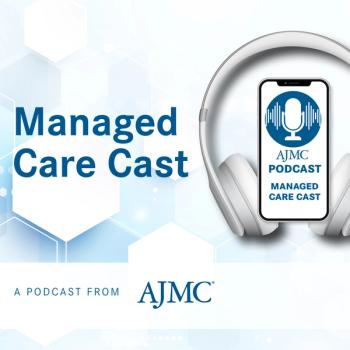Why Education and Collaboration Are Key to Bispecific Therapy Administration: Amir Fathi, MD
Experts discuss the importance of initiating blinatumomab treatment for acute lymphoid leukemia in academic centers for optimal patient care.
In this final part of a recent interview, Amir Fathi, MD, a leukemia specialist and academic oncologist at Massachusetts General Hospital, discusses how treatment with standard-of-care blinatumomab (Blincyto; Amgen) for
This transcript was lightly edited for clarity; captions were auto-generated.
Transcript
Can you explain the process of initiating treatment with bispecifics?
Individuals can have very strong opinions about that. If it was up to me—and again, my own opinion—I would hope that anybody who’s at least right now, given sort of the general lack of global disseminated knowledge about these agents, I would say that blinatumomab at least should be initiated, if possible, at an academic center with a lot of education of the patient and the potential community that they will be going back to. Because in the community, if you're not treating leukemia every day, and even more seldomly, not treating ALL every day, you're not going to be treating a lot of patients with blinatumomab, so you may not be accustomed to a patient who seems a little confused. If they're older, you might say, “Hey, listen, this might be a little delirium. It'll resolve.” No, it may not. It may actually get really bad, so I think recognition and education and close guidance and consulting with an academic site are very key. That's my opinion. You may have different opinions if you talk to various folks who work in academics or in the community, but that's what I would say.
When negotiating coverage, what potential barriers might clinicians encounter when trying to get these therapies to patients?
I can only speak to blinatumomab, which is the bispecific that we use in acute lymphoid leukemia. Generally, in my experience, this has not been a substantial limiting point or an issue. We have blinatumomab on the formulary here, and we can generally get it covered, and patients have access to it. I cannot speak to other sites or other centers. I assume that if you don't use it much, it might be more difficult to have it on the formulary and have it be more immediately available, which by itself is a problem. But in larger academic centers, at least my experience has been, in talking to my colleagues, that it's not generally an issue to initiate infusional blinatumomab in the inpatient setting, which is generally where we initiate therapy with blinatumomab.
Newsletter
Stay ahead of policy, cost, and value—subscribe to AJMC for expert insights at the intersection of clinical care and health economics.







































